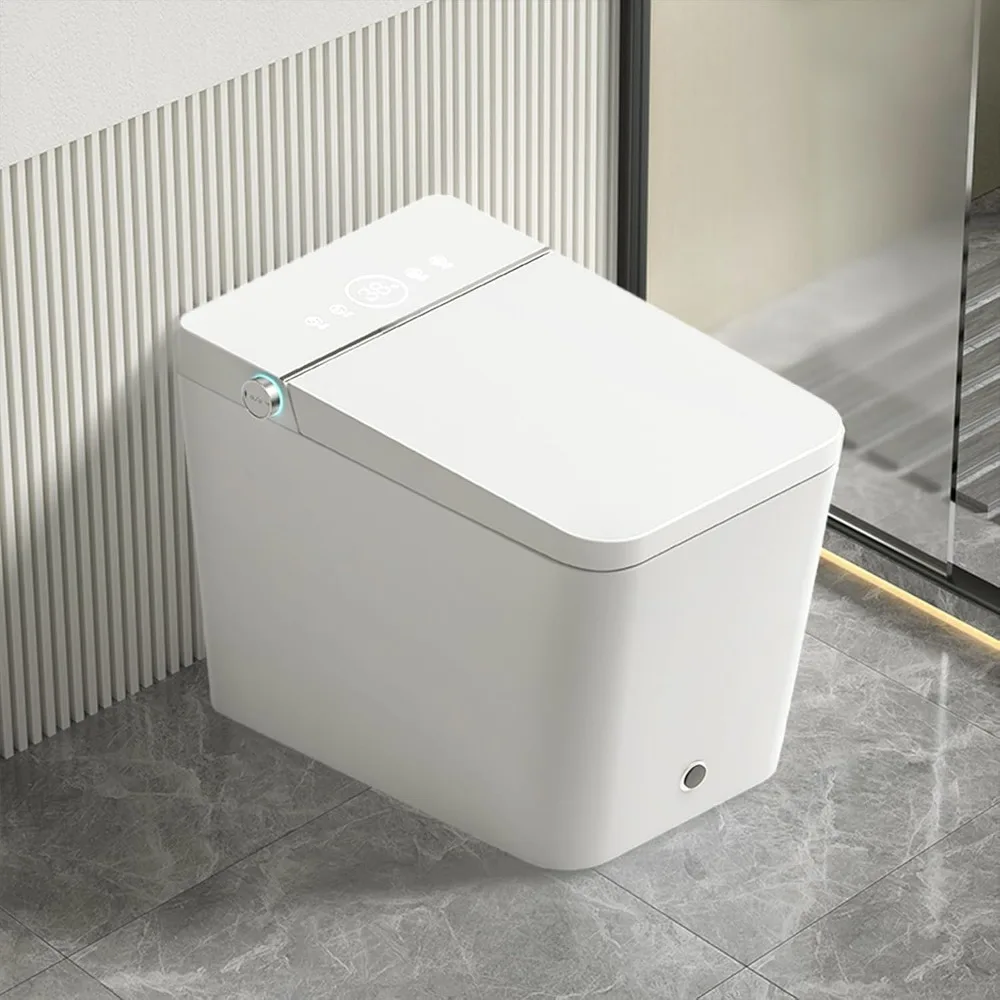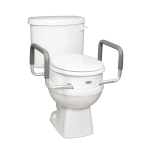Draining a toilet bowl is a straightforward process that can save you time and money, especially if you’re dealing with a clog or preparing for maintenance. This article will guide you through the necessary steps, tools, and precautions to ensure a successful DIY plumbing project.
Understanding Why You Might Need to Drain a Toilet Bowl
Common Reasons for Draining a Toilet
There are several scenarios in which you might need to drain a toilet bowl. The most common include fixing a clog, replacing components of the toilet, or during winterization of your plumbing system. Understanding these reasons can help you prepare adequately for the task at hand.
When faced with a clog, draining the bowl allows for easier access to the trap and internal parts of the toilet. This can facilitate the use of plumbing tools like augers or plungers, making it simpler to remove blockages without overflowing. Additionally, if you’re replacing the toilet itself or repairing parts like the flapper or fill valve, draining the bowl is essential to prevent water spills and potential messes.
Preparing for the Task
Gathering Necessary Tools and Materials
Before you begin draining the toilet bowl, it’s important to gather all the necessary tools and materials. This preparation will make the process smoother and more efficient. At a minimum, you will need a bucket, a sponge or towel, a pair of rubber gloves, and possibly a cup or small container to scoop out the remaining water.
Additionally, having a plunger on hand can be beneficial, even if you’re not currently addressing a clog. In case you encounter any unexpected blockages while draining the toilet, having this tool ready can save you time and frustration. Remember also to wear old clothes or an apron, as things can get messy during plumbing tasks.
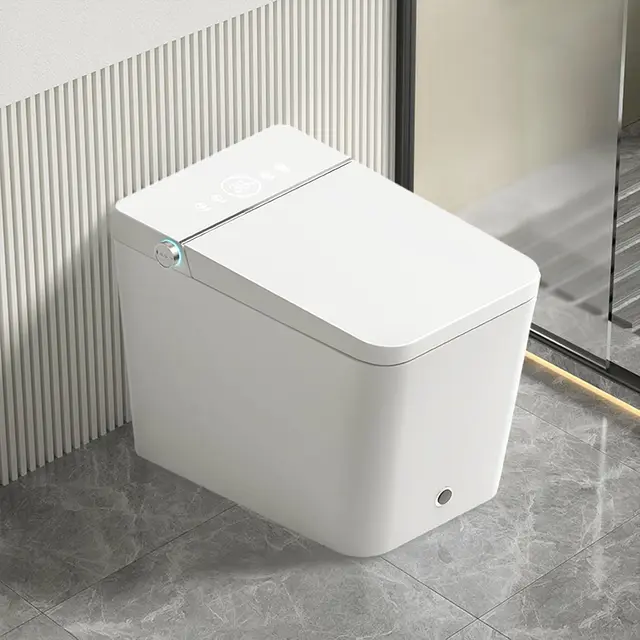
Step-by-Step Guide to Draining the Toilet Bowl
Turning Off the Water Supply
The first step in draining a toilet bowl is turning off the water supply. Most toilets have a shut-off valve located behind or beside them, typically near the floor. To turn off the water, simply rotate the valve clockwise until it stops. This action prevents any additional water from entering the tank while you work.
After shutting off the water supply, it’s advisable to flush the toilet once. This flush will remove the majority of the water from the tank and bowl, making your job significantly easier. Keep in mind that some residual water will remain in the bowl and tank, so further steps are needed to completely drain the toilet.
If your toilet has a float system that keeps water in the tank, you may also want to hold down the flush lever to ensure the tank empties as much as possible. This step is crucial for both efficiency and cleanliness during the drain process.
Removing Remaining Water from the Bowl
Once the water supply is turned off and you’ve flushed the toilet, you’ll need to remove any remaining water from the bowl. Use a sponge or towel to soak up the water; this method is effective and minimizes spills. Start by placing the sponge or towel into the bowl, allowing it to absorb the water. After a few moments, wring it out into the bucket you’ve prepared.
You may need to repeat this process several times to ensure that most of the water is removed. Alternatively, you can use a small cup or container to scoop out the water if there’s still a significant amount left. This approach can be faster but requires more caution to avoid spills.
Inspecting the Toilet Components
Checking for Wear and Tear
After drain the toilet bowl, it’s essential to inspect the internal components for any signs of wear and tear. This inspection can help identify any issues that may need attention. Begin by examining the flapper, which is the rubber part that seals the tank and bowl. If it shows signs of degradation or doesn’t seal properly, it should be replaced.
Next, check the fill valve and the overflow tube. The fill valve controls the water level in the tank, and any malfunction here can lead to constant running water or insufficient fill levels. The overflow tube should also be checked for cracks or damage, which could cause leaks or improper functioning.
While inspecting these components, it may be helpful to take photos to document their condition. This practice can assist you in making decisions about replacements and repairs, and can also serve as a reference for future maintenance.
Cleaning and Maintenance Tips
While you have access to the toilet’s internal parts, consider performing some routine cleaning and maintenance. Use a soft cloth or brush to clean around the flapper and fill valve areas, as mineral deposits can accumulate and hinder functionality. You can also use a mixture of vinegar and water to clean these parts without damaging them.
Regular maintenance not only prolongs the life of your toilet but also ensures it operates efficiently. It’s a good idea to incorporate these inspections into your home maintenance routine, checking your toilet at least once a year. Keeping an eye on these components can prevent larger issues down the line, saving you both time and money on repairs.
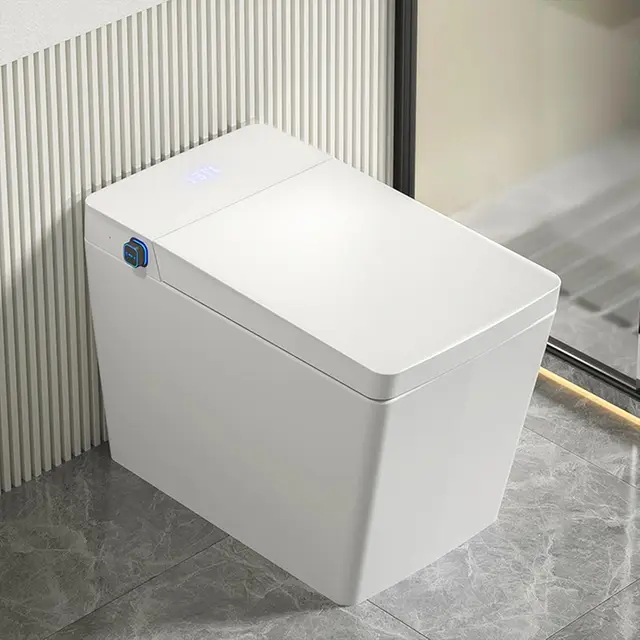
Completing the Draining Process
Reassembling and Testing
Once you’ve completed your inspection and any necessary cleaning or repairs, it’s time to reassemble everything. Make sure that all components are securely in place, including the flapper and fill valve. After reassembling, turn the water supply back on by rotating the shut-off valve counterclockwise.
After restoring the water supply, it’s important to test the toilet to ensure everything is functional. Allow the tank to fill and then flush the toilet. Observe how well the flush works and whether the tank refills appropriately. If you notice any leaks or issues, it may be necessary to revisit your inspection and make adjustments.
During this testing phase, pay attention to how the flapper seals and whether the water level in the tank reaches the appropriate height. If there are ongoing problems, consider consulting a plumbing professional to diagnose and resolve the issue effectively.
Final Cleanup and Maintenance
After completing the drainage and testing process, don’t neglect the cleanup. Dispose of any sponges, towels, or debris that accumulated during your work. Clean up any spills and ensure the area around your toilet is tidy. A clean workspace makes future plumbing tasks easier and more pleasant.
Taking care of your toilet also means periodically checking the external parts, such as the toilet seat and outer bowl. Regular cleaning with appropriate bathroom cleaners can prevent grime buildup and keep your toilet looking its best.
Additional Considerations for Toilet Maintenance
When to Call a Professional
While many toilet drainage tasks can be handled by a DIY enthusiast, certain situations may require professional assistance. If you encounter persistent clogs that cannot be resolved with standard methods, or if your toilet exhibits signs of serious leakage, it’s wise to consult a plumber.
Additionally, if you notice any unusual sounds, smells, or water levels, these could be indicators of a more significant problem within your plumbing system. Having a professional assess the situation can prevent further complications and offer peace of mind.
Keeping an open line of communication with a trusted plumbing service can also be beneficial for routine maintenance. Establishing a relationship with a local plumber allows for quick assistance when emergencies arise, ensuring your home’s plumbing remains in top shape.
Learning More About Your Plumbing System
Investing time in understanding your home’s plumbing system can yield significant benefits. Familiarizing yourself with how your toilet and other plumbing fixtures operate will empower you to tackle minor issues confidently. Consider reading books, watching instructional videos, or joining online forums focused on DIY plumbing.
By educating yourself, you’ll not only improve your skills but also enhance your ability to maintain and troubleshoot your home’s plumbing. This knowledge can lead to greater self-sufficiency, reducing dependency on outside services and ultimately saving you money in the long run.
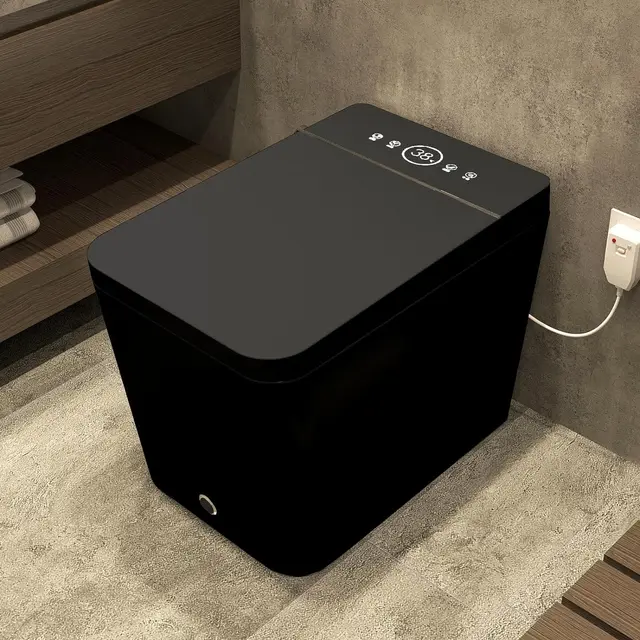
Conclusion: Mastering Your Toilet Maintenance Skills
In summary, learning how to drain a toilet bowl is a valuable skill that can save you time and money. By understanding the reasons for draining, preparing adequately, and following a step-by-step guide, you can handle this task with confidence. Regular inspection and maintenance of your toilet bowl will ensure its longevity and efficiency.
Remember, while DIY plumbing can be rewarding, there are times when it’s best to enlist the help of professionals. Understanding when to call for assistance is just as important as mastering basic repairs. Ultimately, maintaining your toilet and plumbing system contributes to a comfortable and functional home environment.
